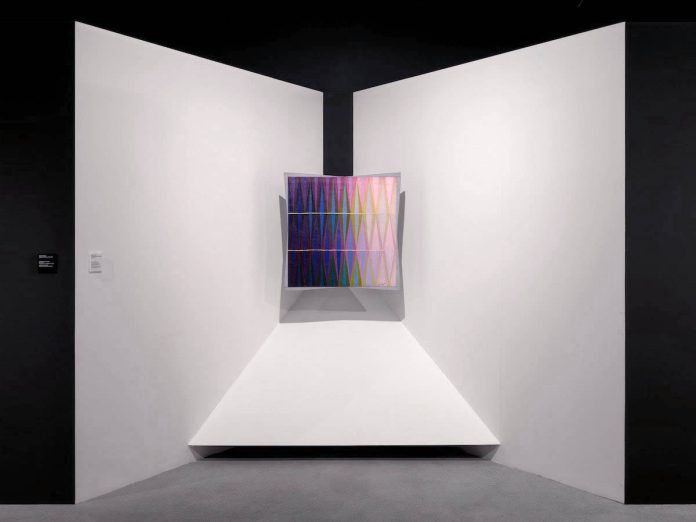The exhibition Balla ’12 Dorazio ’60. Dove la luce (Collezione Giancarlo e Danna Olgiati, Lugano – until 14 January 2023, curated by Gabriella Belli) brings together a brilliant curatorial intuition, works of high historical value and a remarkably intelligent layout designed by architect Mario Botta.
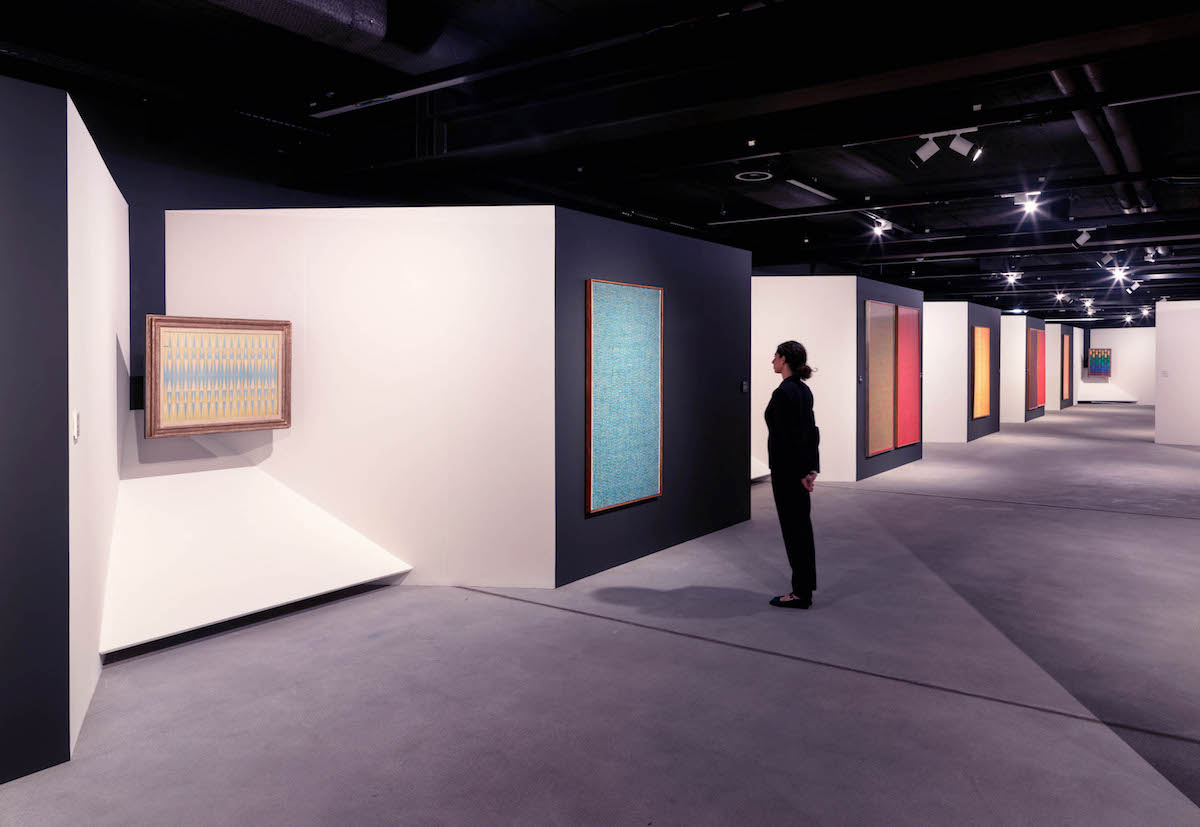
It is the story of an elective affinity, that of two Italian 20th century masters who are distant both anagraphically and in general historical perception: Giacomo Balla (1871-1958) and Piero Dorazio (1927-2005). In 1912, Balla was in Düsseldorf to decorate the studio of the Löwenstein family villa: during this stay he began to experiment with a new idea of painting, which, starting from the observation of light-related phenomena, took shape in a totally abstract language.
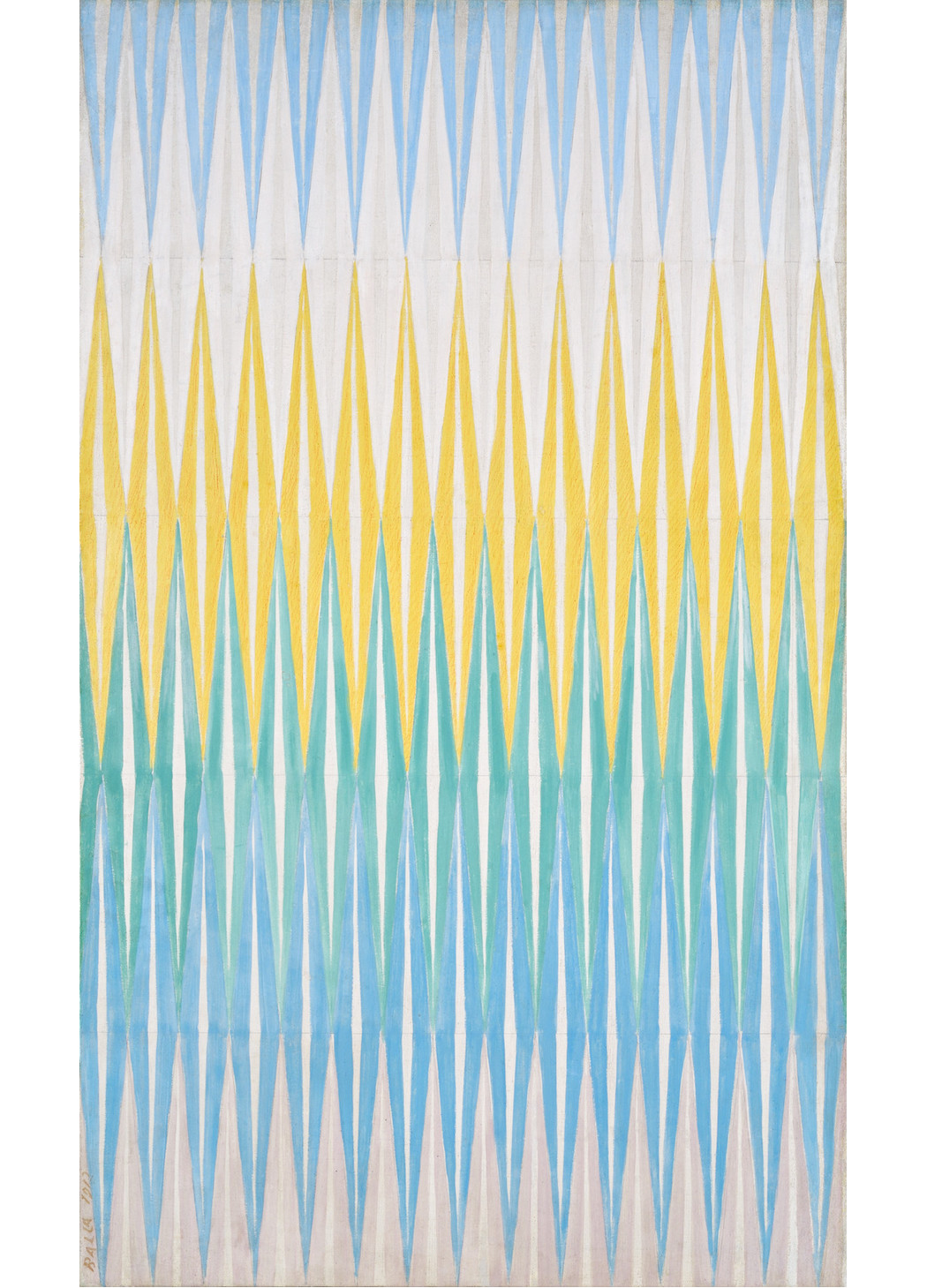
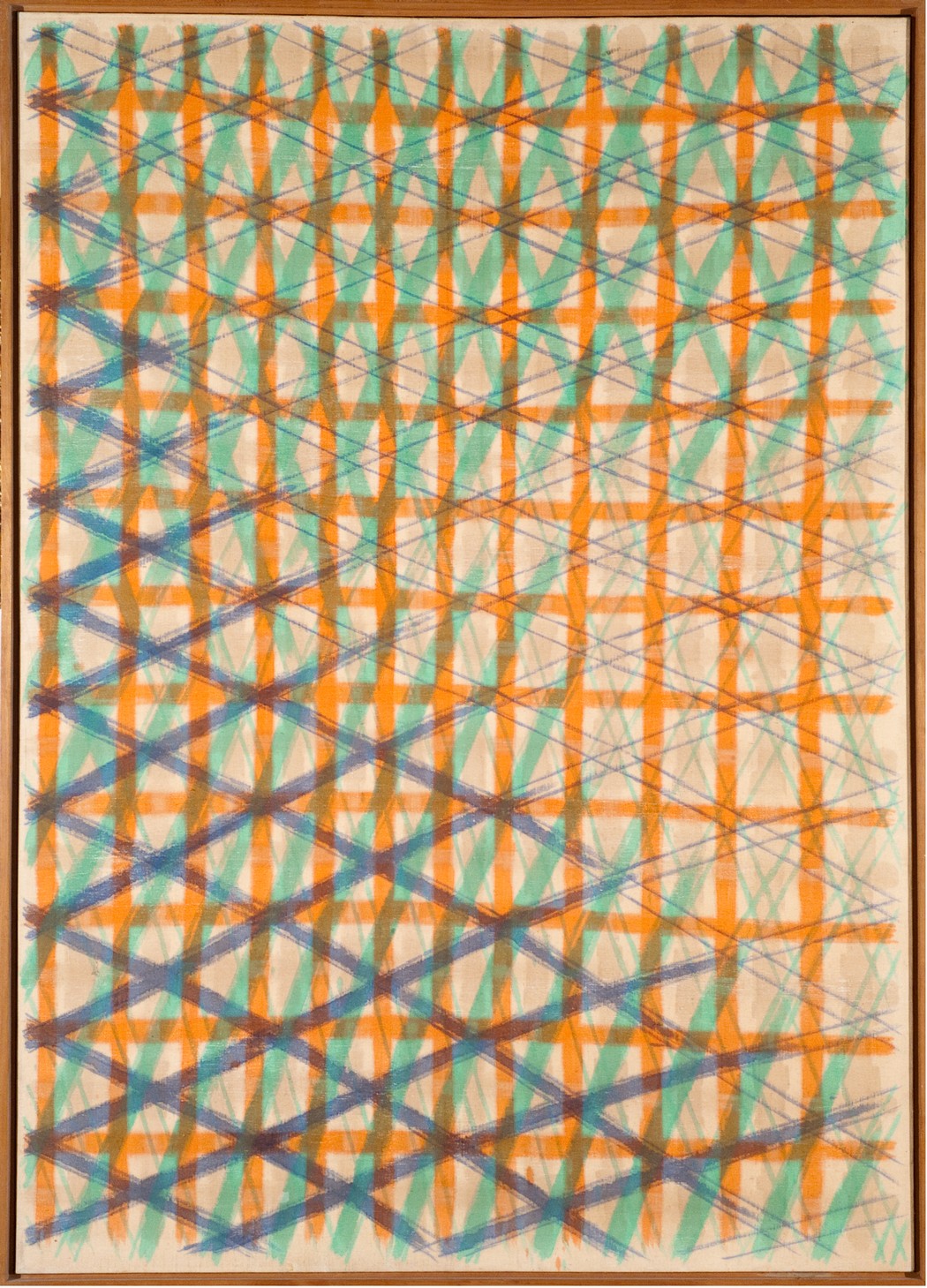
Balla draws on the sheets of a notepad: these are the first Compenetrazioni iridescenti (“Iridescent Compenetrations”), as they would later be called. A cycle of a few works, on paper or canvas, of which the exhibition – the brainchild of Danna Battaglia Olgiati – brings together more than twenty examples.
Jump in time and place: Rome, late 1950s. Here the young Dorazio frequented Balla’s house and was perhaps the first to rediscover the stature of this artist whose name in those years was still frowned upon for his adherence to Futurism, considered too close to Fascism. The canvases he presented at the 1960 Venice Biennale, Trame luminose (“Light textures”), were like a continuation of the research carried out by Balla’s Compenetrazioni.
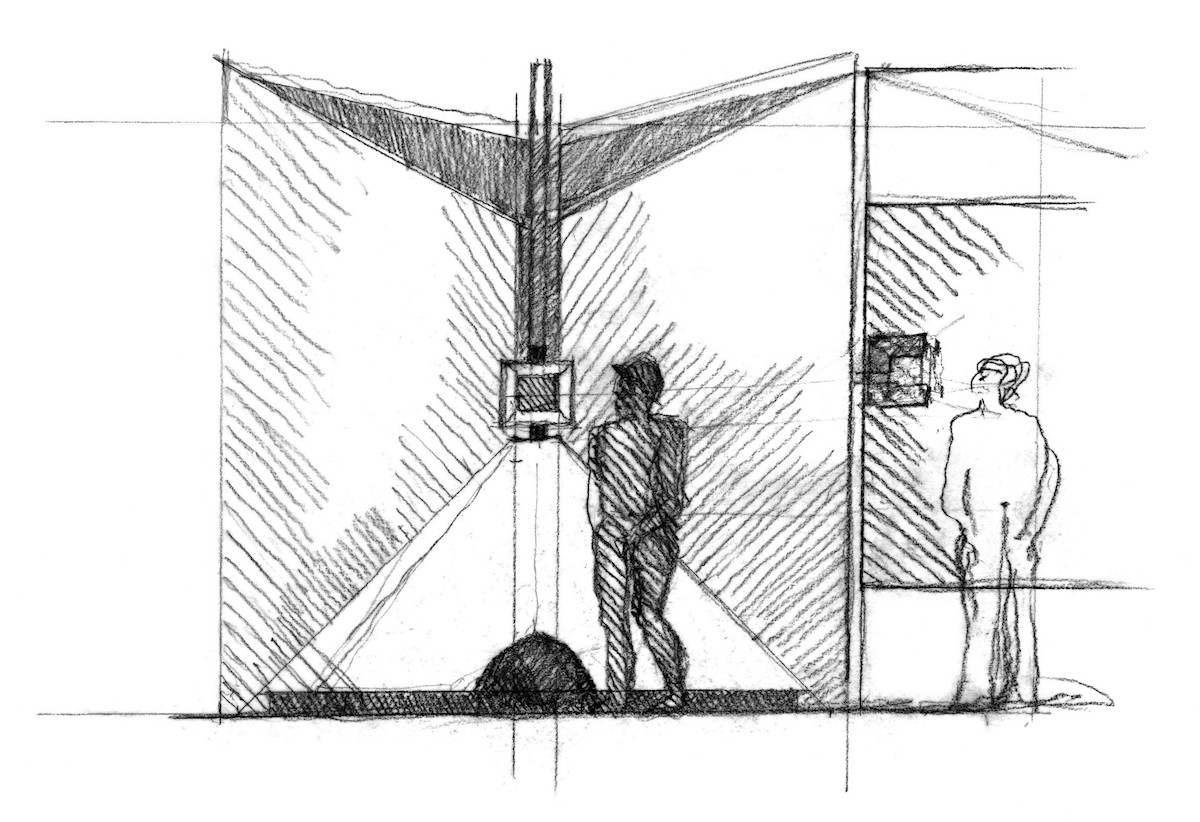
The exhibition juxtaposes precisely these two episodes of Balla’s and Dorazio’s career, and it is fascinating to see the points they have in common. In this, the installation designed by Botta is an effective scenic machine: a rhythm of black and white volumes – a language we find in many famous projects by the architect/designer – that respond to a precise need. “When I started working on this installation, I realised that it was like two exhibitions in one: Balla’s works were smaller in size than Dorazio’s, as big as posters,” explains the architect.
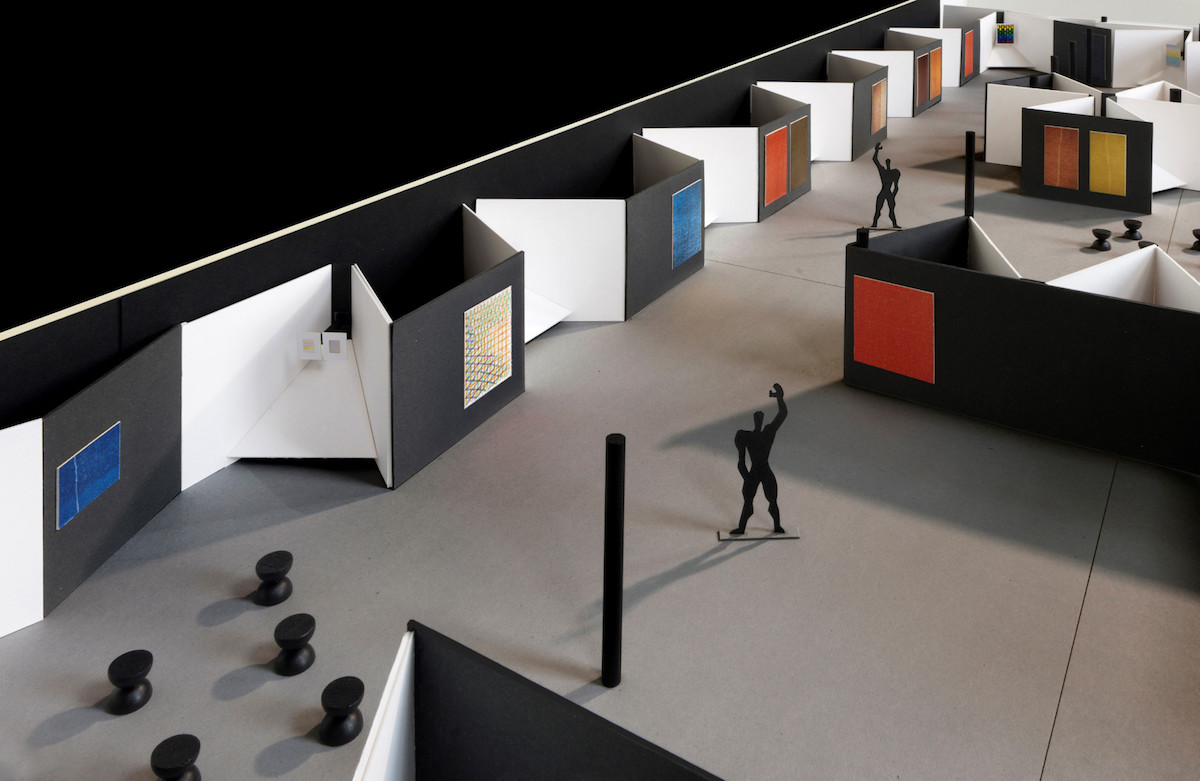
“The real theme,” he continues, “was to establish a dialogue between the two. There the idea was born to create wedges, white gashes that would become small rooms in which to place the works by Balla, suspended in the void to give them preciousness. In contrast, Dorazio needed a black surface to enhance his colours. Thus was born this double register that gives the visitor the ability to see both sides at the same time. A glimpse into time, one had to feel the difference in epochs between these two artists. This is the gimmick I used”.

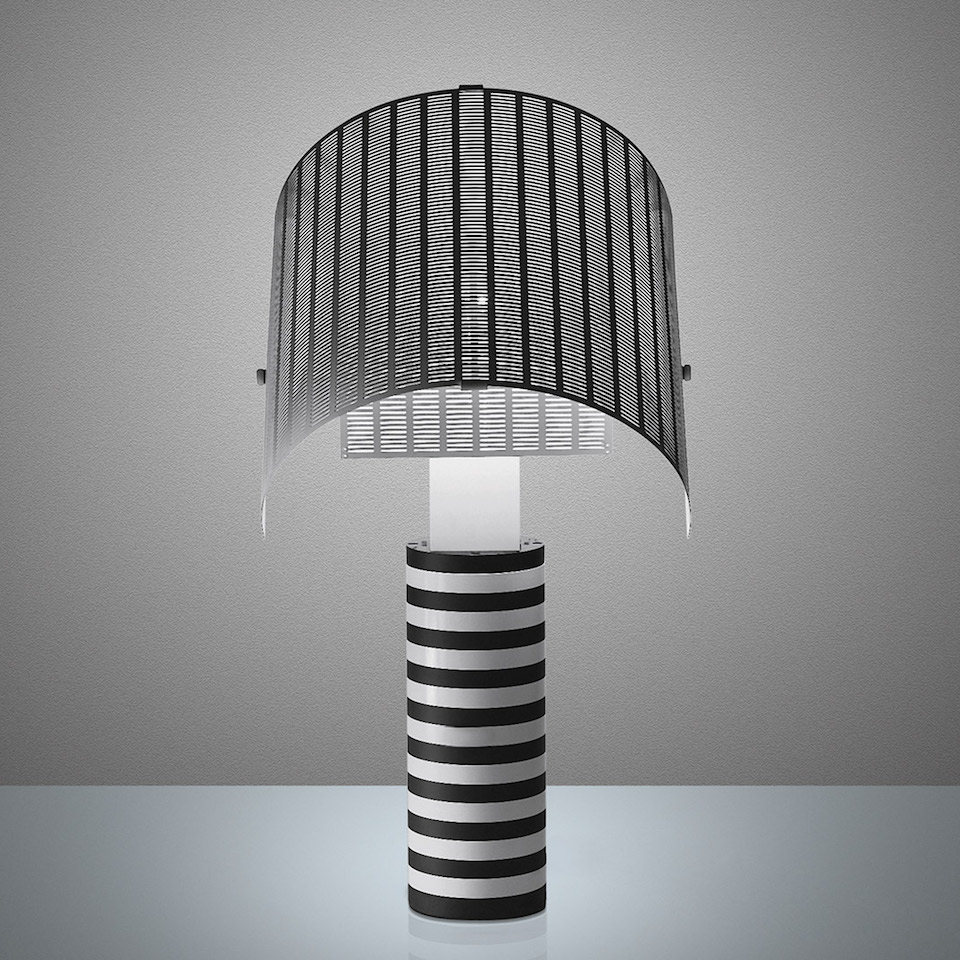
The result is a space in which works of art live in a different way than usual and, at the same time, tell of an artistic and thought affinity that is not obvious but real. A journey through history following an idea.

